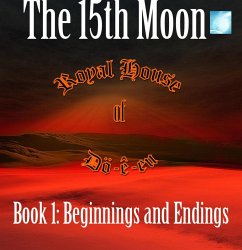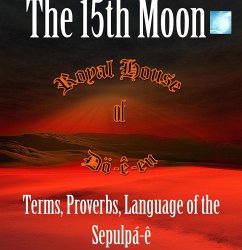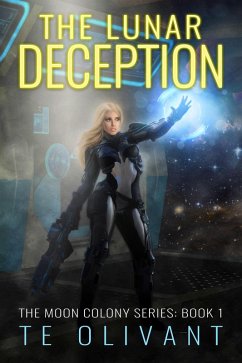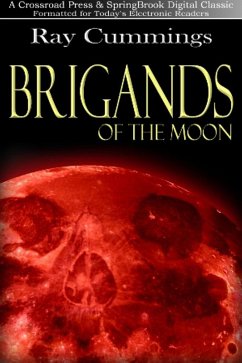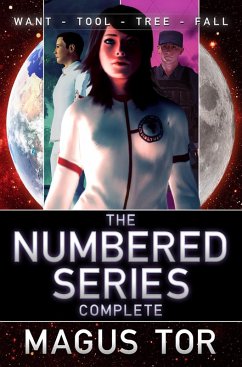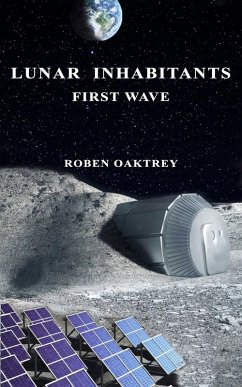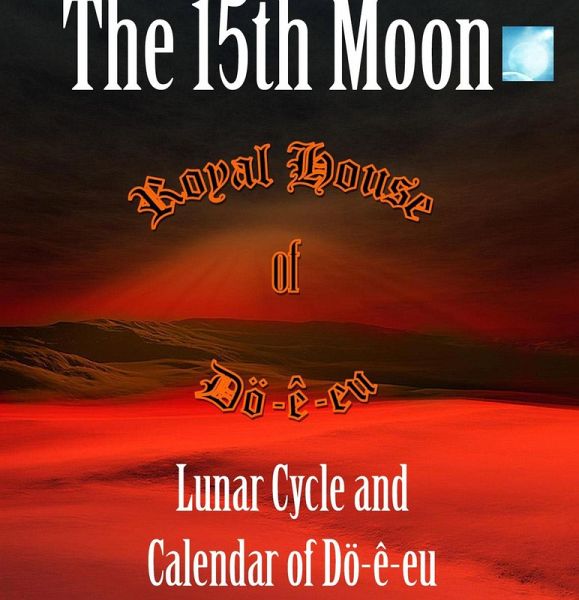
Lunar Cycle & Calendar of Dö-ê-eu (The 15th Moon) (eBook, ePUB)

PAYBACK Punkte
0 °P sammeln!
The Lunar Cycle of Dö-ê-eu focuses on each moon's position in accordance with the Blue-Sun. Naturally enough; each of the 15 Moons has a name. Expeditions to some of Moons, by decree of the Royal House of Dö-ê-eu, have been successful, but not all of the Moons have had expeditions for research and possible development. The Royal House of Dö-ê-eu defer to the judgement of certain agencies whose task it is to maintain a fair and balanced ecological understanding and appreciation for that which remains untouched by any companies, Royal Houses, political regimes, industry, and even tourism.T...
The Lunar Cycle of Dö-ê-eu focuses on each moon's position in accordance with the Blue-Sun. Naturally enough; each of the 15 Moons has a name. Expeditions to some of Moons, by decree of the Royal House of Dö-ê-eu, have been successful, but not all of the Moons have had expeditions for research and possible development. The Royal House of Dö-ê-eu defer to the judgement of certain agencies whose task it is to maintain a fair and balanced ecological understanding and appreciation for that which remains untouched by any companies, Royal Houses, political regimes, industry, and even tourism.
There are two Suns at opposite ends of the Sepul Solar System. The Planets of the Sepul Solar System do not revolve around a particular Sun. The two Suns provide sources of light and heat for all of the Planets and Moons. A Large Yellow/Orange Sun (Class K "Supergiant") provides light in the Pertarara, referred to as, "Sun-Light." A Blue-Sun (Class B "Giant"), which is far smaller, provides blue light during the Berebenata. The informal and more commonly used reference to Berebenata is, "Blue-Sun." Both terms are acceptable in most formats. The Blue-Sun is further away from Dö-ê-eu than that of the Sun-Light, but close enough that it keeps the atmosphere of Dö-ê-eu constantly pleasant and mild, if not warm all Scurescoriata.
The Moons each share the spotlight as far as a Lunar Cycle is concerned, and overlaps between lunar cycles with the Blue-Sun allows for an accurate calendar. While the Moons are visible in the brightness of the Sun-Light, the sky during the light of the Pertarara makes them appear hazily above Dö-ê-eu. The Scurescoria always begins with a full lunar eclipse in the first Berbenatoria, and then settles into a cycle of 25 elonsk visible during the second Berbenatoria, 50 elonsk visible during the third Berbenatoria, followed by 75 elonsk visible during the fourth Berbenatoria, and a Full Moon during the fifth Berbenatoria.
A new Moon comes into effect marking the beginning of each new cycle through all 15 Moons, with the transfer of a Moon's place in the main orbit of Dö-ê-eu being a splendid sight to behold during Blue-Sun. The preceding moon obscures the proceeding moon until each phase completes its cycle, and the new Moon enters according to the Lunar Cycle.
There are two Suns at opposite ends of the Sepul Solar System. The Planets of the Sepul Solar System do not revolve around a particular Sun. The two Suns provide sources of light and heat for all of the Planets and Moons. A Large Yellow/Orange Sun (Class K "Supergiant") provides light in the Pertarara, referred to as, "Sun-Light." A Blue-Sun (Class B "Giant"), which is far smaller, provides blue light during the Berebenata. The informal and more commonly used reference to Berebenata is, "Blue-Sun." Both terms are acceptable in most formats. The Blue-Sun is further away from Dö-ê-eu than that of the Sun-Light, but close enough that it keeps the atmosphere of Dö-ê-eu constantly pleasant and mild, if not warm all Scurescoriata.
The Moons each share the spotlight as far as a Lunar Cycle is concerned, and overlaps between lunar cycles with the Blue-Sun allows for an accurate calendar. While the Moons are visible in the brightness of the Sun-Light, the sky during the light of the Pertarara makes them appear hazily above Dö-ê-eu. The Scurescoria always begins with a full lunar eclipse in the first Berbenatoria, and then settles into a cycle of 25 elonsk visible during the second Berbenatoria, 50 elonsk visible during the third Berbenatoria, followed by 75 elonsk visible during the fourth Berbenatoria, and a Full Moon during the fifth Berbenatoria.
A new Moon comes into effect marking the beginning of each new cycle through all 15 Moons, with the transfer of a Moon's place in the main orbit of Dö-ê-eu being a splendid sight to behold during Blue-Sun. The preceding moon obscures the proceeding moon until each phase completes its cycle, and the new Moon enters according to the Lunar Cycle.
Dieser Download kann aus rechtlichen Gründen nur mit Rechnungsadresse in A, B, CY, CZ, D, DK, EW, E, FIN, F, GR, H, IRL, I, LT, L, LR, M, NL, PL, P, R, S, SLO, SK ausgeliefert werden.




